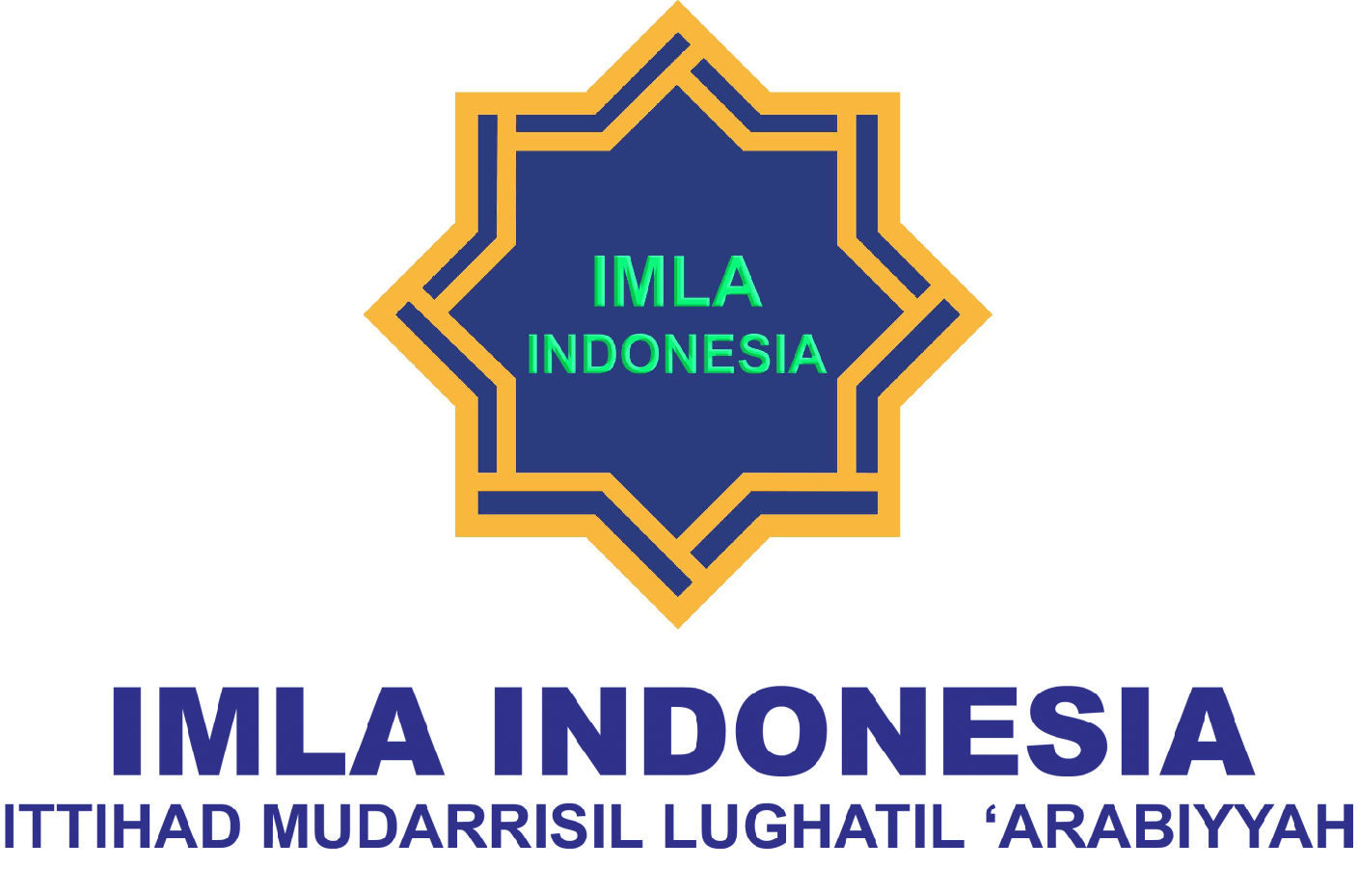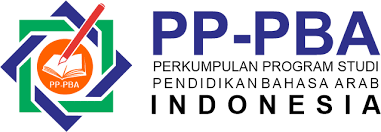Ta’thÄ«r Taá¹bÄ«q ṬarÄ«qah al-Ghina’ fÄ« Tarqiyah IstÄ«Ê¿Äb al-MufradÄt al-‘Arabiyah
DOI:
https://doi.org/10.30983/huruf.v2i2.5841Keywords:
Singing Method, Improving Vocabulary Proficiency, Fifth-grade studentsAbstract
The problem in this research that students are less enthusiastic about learning Arabic, and teachers do not use good and interesting learning methods. Teachers do not use modern methods, but only use books, boards and pens. So the students got bored and students' motivation in learning Arabic is low. The research aims to the application of the singing method affects the promotion of vocabulary proficiency among fifth-grade students in the public elementary school 1 Agam. The method used by the researcher is the descriptive quantitative research method. It is the use of statistical formulas that correspond to existing problems. Meanwhile, to find out the effect of applying the singing method on students’ vocabulary pick-up in public elementary school 1 Agam, the researcher used a t-test formula at 1% and 5% levels. It means at 40 df 1% level = 2.423 and 5% level = 2.021. Because of the significance level of the calculation t compared to the table t, the null hypothesis is rejected and the alternative hypothesis is accepted, so the conclusion is that there is an effect of applying the singing method in vocabulary picking for fifth-grade students in public elementary school 1 Agam.Â
المشكلات ÙÙŠ هذا البØØ« لم يستخدم المعلمة الطريقة الØديثة، ولكن يستخدم الكتاب، والسبورة، والقلم Ùقط، داÙع الطلاب ÙÙŠ تعليم اللغة العربية منخÙض. قدرة الطلاب ÙÙŠ تعلم اللغة العربية منخÙض. Øتى يشعر الطلاب بالملل ويقل داÙع الطلاب لتعلم اللغة العربية. تهد٠هذه الدراسة إلى تØديد تأثير تطبيق أسلوب الغناء على زيادة إتقان المÙردات لدى طلاب الص٠الخامس Ùي المدرسة الابتدائية العامة 1 آغام. المنهج الذي  تستخدمه الباØثة ÙÙŠ هذا البØØ« هو منهج البØØ« الكمي الوصÙÙŠ. وهو استخدام الصيغ الإØصائية التي تتواÙÙ‚ مع المشكلات القائمة. ÙˆÙÙŠ الوقت Ù†Ùسه، لمعرÙØ© تأثير تطبيق طريقة الغناء ÙÙŠ إتقان الطلاب المÙردات ÙÙŠ المدرسة الابتدائية العامة 1 آغام، استخدمت الباØثة صيغة اختبار t عند مستويات 1Ùª Ùˆ 5Ùª. يعني ذلك عند 40 df  مستوى 1Ùª = 2.423 ومستوى 5Ùª = 2.021. بسبب مستوى دلالة الØساب t مقارنة بالجدول tØŒ يتم رÙض Ùرض الÙرضية الصÙرية ويتم قبول الÙرضية البديلة، وبالتالي Ùإن الاستنتاج هو أن هناك تأثيراً لتطبيق طريقة الغناء ÙÙŠ إتقان الطلاب المÙردات. Ùنتيجة البØØ« أن الÙرضية الصÙرية (Ho) مردودة والÙرضية البدلية (Ha)مقبولة. أن يوجد الÙرق بين الÙصلين دل Ùرق Øقيقي بعد استعمال طريقة الغناء ÙÙŠ تعليم المÙردات لطلاب الÙصل الخامس.References
Ainin, Moh, Metodologi Penelitian Bahasa Arab (Surabaya: Hilal Pustaka, 2010)
Al-KarÄ«m, Al-Qur’an, A-ShuÊ¿arÄ’: 192-195
Al-ṬÄ’iy, ḤÄtim Ê¿Ulw, Nash’ah Al-Lughah Wa AhammiyatuhÄ. DirÄsaÄt Tarbawiyah (Bandung: Naysan, 2009)
Aljannah, Humaira, ‘Ta’thÄ«r Taá¹bÄ«q ṬarÄ«qah Al-Ghina’ Li Tarqiyah MahÄrah Al-KalÄm Laday ṬullÄb Al-Faá¹£l Al-SÄbiÊ¿ Bi Al-Madrasah Al-Mutassiá¹ah Al-ḤukÅ«miyyah Al-IslÄmiyyah o Title’ (Mojokerto, 2020)
Anshor, Ahmad Muhtadi, Pengajaran Bahasa Arab Media Dan Metode- Metodenya (Yogyakarta: Teras, 2009)
Fachrun, Wiwin, ‘Bernyanyi Arab Menggunakan Media Eraser Walk Dalam Meningkatkan Hafalan Kosakata Bahasa Arab’, Universitas Yudharta, 1.2 (2018), 191
Mizana, Fadhila, ‘TaṬwÄ«r TaÊ¿lÄ«m Al-MufradÄt Bi MuÊ¿jam Al-KitÄb Li ṬullÄb Al-Faá¹£l Al-ḤÄdiy Ê¿Ashar Bi Al-Madrasah Al-Thanawiyyah Al-IslÄmiyyah 1 Bukittinggi’, (IAIN Bukittinggi, 2019)
Mu’at, ‘Strategi Pembelajaran Kosakata Bahasa Arab’, At-Ta’dib, 3.1 (2013), 83
Rakhwati, Nur Laili, ‘Ta’thīr Ṭariqah Al-Ghina’’, Al-Ma’rifat, 4 (2019), 45
RI, Dapartemen Agama, Metodologi Pendidikan Agama Islam (Jakarta: Dapartemen Agama RI, Metodologi Pendidikan Agama Islam (Jakarta: Direktorat Jenderal Kelembagaan Agama Islam, 2022)
á¹¢Äliḥ, Badr al-DÄ«n AbÅ«, Al-Madkhal Ila Al-Lughah Al-Ê¿Arabiyyah, (Birut: DÄr Sharq al-Ê¿Arabiy, 1985)
Syaiful, Tayar Yusuf, Metodologi Pengajaran Agama Dan Bahasa Arab (Jakarta: RajaGrafindo Persada, 1997)
ṬuÊ¿aimah, Rushdi Aḥmad, DalÄ«l Ê¿Amal FÄ« IÊ¿dÄd Al-MawÄd Al-TaÊ¿lÄ«miyyah (Makkah al-Mukarramah: JÄmiÊ¿ah Umm al-Qura, 1985)
Yusriana, Ajeng, Kiat-Kiat Menjadi Guru PAUD Yang Disukai Anak-Anak (Yogyakarta: DIVA press, 2012)
Downloads
Published
Issue
Section
Citation Check
License
Authors who publish with this journal agree to the following terms:
- Authors retain copyright and grant the journal right of first publication with the work simultaneously licensed under a Creative Commons Attribution-ShareAlike 4.0 International Licensethat allows others to share the work with an acknowledgment of the work's authorship and initial publication in this journal.
- Authors are able to enter into separate, additional contractual arrangements for the non-exclusive distribution of the journal's published version of the work (e.g., post it to an institutional repository or publish it in a book), with an acknowledgment of its initial publication in this journal.
- Authors are permitted and encouraged to post their work online (e.g., in institutional repositories or on their website) prior to and during the submission process, as it can lead to productive exchanges, as well as earlier and greater citation of published work (See The Effect of Open Access).










